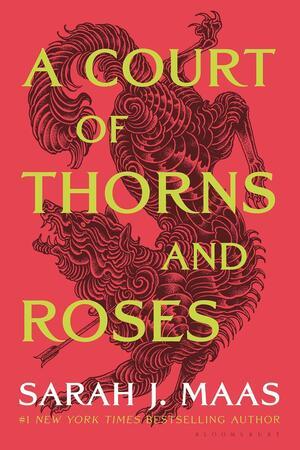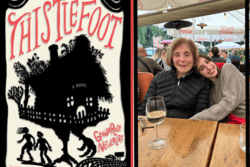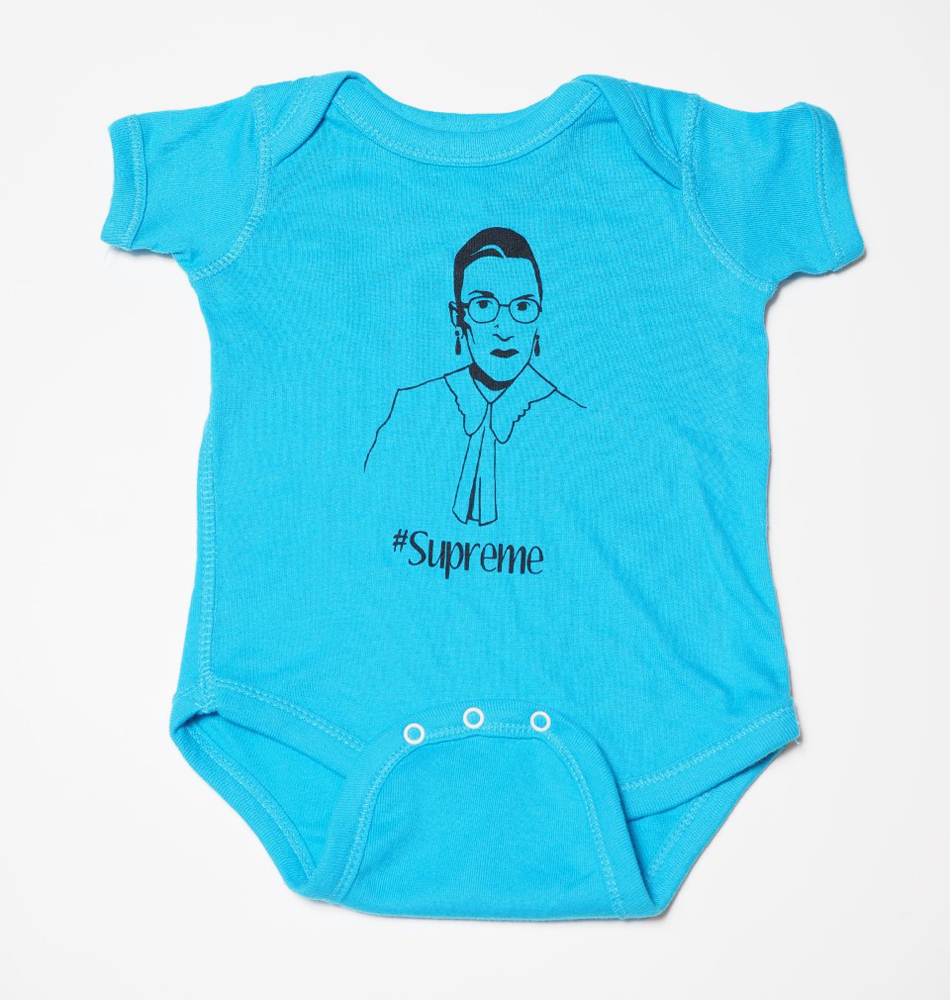A Cult Favorite with Jewish, Feminist Themes
Warning: Spoilers ahead!
The popular fantasy series A Court of Thorns and Roses by Sarah J. Maas begins in the woods on a cold winter’s evening when a young girl kills a fairy. Feyre, the female protagonist of the series, progresses from starving and impoverished to the hero that saves the fairy realm, earning her the nickname “Feyre cursebreaker.”
The series has gained a cult following on platforms like TikTok because of the evocative and sometimes scandalous adventures of Feyre and her fairy companions. In the magical kingdom of Prythian, Feyre falls in love, explores her passion for painting, battles monsters, breaks up, falls in love again, and fights in complex wars, making friends along the way that she considers her family.
Feyre is transformed into a race of fairy known as “high fae,” the fairies that rule Prythian, and she must learn how to survive in her new culture while maintaining the best parts of her humanity. Through it all, Feyre remains compassionate, often befriending creatures that others find revolting or beneath them.
On the recommendation of a friend, I consumed the five books of the series over an embarrassingly short period of time. Despite simplistic language more consistent with a young-adult novel, the series was riveting, with stirring adventures and romance scenes. But what especially intrigued me was how Maas weaves ideas from the Torah into her stories to explain the magic and mystery of her already enchanted characters. With allusions to a Song of Songs and Miriam's story, Maas also emphasizes the importance of women's presence in the Torah.
The first time a Jewish concept showed up in the series, it caught me by surprise. At this point in the story, the characters are facing a dilemma involving an ancient magical cauldron that threatens to destroy their world. Only by deciphering an ancient text called the “Book of Breathings” can the dark object be controlled. The only problem is that no one has spoken this language, Lashon Hakodesh, in the last 17,000 years, and only one character, who has been around since the beginning of the world, can hope to read the book. The character in question is named Amren, a beautiful but incredibly deadly friend of Feyre’s.
Many Jewish readers will recognize “Lashon Hakodesh” to mean “the holy language.” This term is used to describe the Hebrew language, the language in which the Torah and most prayers are written. Hebrew was believed to be intrinsically holy, the language that God used to create the world. Traditionally in the Ashkenazi world of Eastern Europe, women and girls were taught to read, write, and even recite prayers in Yiddish; only boys and men learned Hebrew (and Aramaic) to participate in Torah and Talmud study.
By introducing Lashon Hakodesh as the ancient key to eradicate evil, Maas references the Jewish concept of reestablishing a link to the holy texts of old and the intrinsic power of the Hebrew language to save the world. But in her world, only a female character can decode the language. Interestingly, this same character, who is also a mysterious and god-like figure, is later honored by the city she saves with blood painted on the door-frames of their homes, a clear reference to the Passover story.
Feyre’s unwavering pursuit of morality and desire to help others likely mirrors Maas’s Jewish values. One of the most beautiful story lines of the series involves Feyre and a creature called Suriel (“my rock is God” in Hebrew). At first when she beholds this ghastly creature, whose face and body look like they are made of bones with milky white eyes, she is afraid. But as is Feyre’s nature, she befriends the creature and defends it from others. As Suriel is dying, she instructs Feyre in the practice of tikkun olam, repairing the world. Feyre takes this concept as a personal charge. She also urges her companions to strive to save as many lives as possible during their battles because, “one life can change the world”—a reference to Talmudic scholar Hillel’s maxim that “whoever saves a life is considered to have saved the whole world.”
Maas puts biblical women at the forefront several times in the series. The first time is when Feyre and her lover Rhysand realize that their connection transcends their physical bodies. At that moment, they recite the phrase “I am yours and you are mine,” which comes from the Song of Songs, a love poem in the last section of the Bible. It is no wonder that Maas uses this quote, traditionally included on Jewish marriage certificates and recited by couples under the chuppah, to elevate this fairy ritual.
What makes the Song of Songs important to many feminist Torah scholars is that the woman described in this poem is presented as equal to her male partner. Scholars have used this text as a pillar of feminism in the Torah given the agency of the main female character. More often, biblical stories center men with women as cursory or supporting characters. Though there is objectification of the female body in Song of Songs, there is also the implication that the woman described is sexually liberated because of mutual desire with her lover. By incorporating this text into her already female-centered stories, Maas shows that not only is she informed by Jewish thought, but that she understands how important women are to Jewish texts.
Another example of Maas placing biblical women front and center comes in her telling of the epic tale of a character named Miryam. Just like her biblical namesake, she was born a slave—in this case, a human slave to a fairy queen. Through a complicated series of events, Miryam leads the humans out of slavery by the parting of the sea, much like Moses in the Passover story. In this story, though, Miryam herself is the last to walk across the ocean floor, dying in the process. Luckily, she is resurrected as a fairy and marries her fairy lover.
Unlike in the biblical story which focuses on Moses’ leadership, in Maas’ story, Miryam alone is remembered as the leader of her people. The story is referenced throughout the series as an example of good triumphing over evil. There are even two races of fairies, Nefalim and Seraphim (different types of angels in the Torah), who support Miryam’s armies and inspire Feyre to learn to fly. Miryam’s courage to walk across the split sea and her loyalty to wait for the last of her people to cross before crossing herself are a reference to women’s strength. That Miryam could inspire Feyre hundreds of years later echoes the inspiration Jewish women continue to take from the biblical character of Miriam, who helps save her infant brother and leads her people in song as they cross the sea.
In A Court of Thorns and Roses, Maas integrates Jewish spiritualism to deepen the mysticism of the characters. In doing so, she elevates her writing beyond usual fantasy storytelling. Though many fantasy novels are informed by Christian texts such as The Legend of King Arthur and stories from the New Testament (think C.S. Lewis’ The Chronicles of Narnia), few have tried to do the same with Jewish texts. In her series, Maas explores Jewish ideals in a completely new universe. Fairies or not, the characters in A Court of Thorns and Roses benefit from Talmud and Torah teachings.






